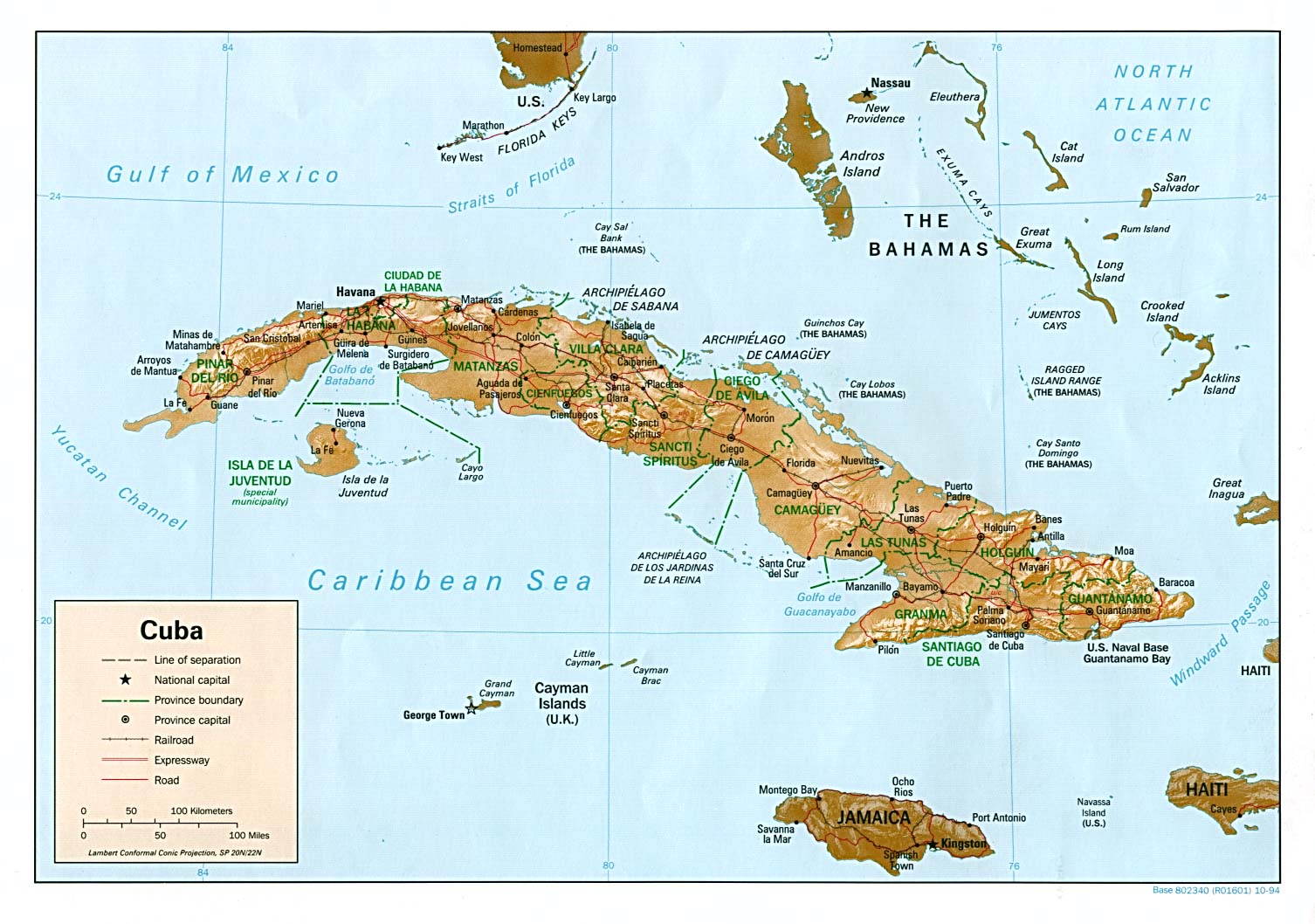Havana, April 11, 2012: One of the major challenges facing Cuba as it designs climate change adaptation policies is the preservation of its coastal ecosystems against the predicted rise in sea level and increasingly catastrophic extreme weather events.
With the country’s 5,500 km of coastline and 4,000 cays and islets, almost everyone on the Cuban archipelago feels their life is tied to the sea in one way or another. “It’s lovely, but it is also dangerous,” said 78-year-old Teresa Marcial, who lives on the coast in Santa Fé, in the northern outskirts of Havana.
For decades, Marcial has lived with the ocean practically lapping her patio. In 2005, floods caused by hurricane Wilma left her family and neighbours virtually on the street. “Huge waves swept everything away. We were taken by surprise. The water took away an extremely heavy wardrobe, which simply disappeared,” she told IPS.
Her son, Martín Pérez Marcial, added that they have decided to sell their house and move to a safer place.
“But as you can imagine, with the expectation that future hurricanes will be more intense because of climate change, no one wants to come and live here,” said a neighbour who did not mention his name.
A few blocks away, builders are constructing a house that is raised more than two metres above ground level, using part of an older house and strong pillars for support. “If there is flooding, the water can circulate freely underneath the house,” said the construction foreman, José Luis Martínez.
Behind the house, which is being built by “self help”, as private construction initiatives are called in Cuba, there is an outer wall of solid concrete and hard stone. “It saves on cement, and does not require steel, which rusts over time,” Martínez said.
The talkative builder showed how the base of the containment wall has spillways for drainage, to let water flow back and forth. At the corners, the walls are shaped like a ship’s prow, “to break up the waves.” Several houses in the vicinity have similar walls, which “cost a pretty penny,” Pérez said.
Santa Fé is at permanent risk of flooding due to hurricanes. Studies by state bodies put it among the coastal areas of the capital that face the greatest direct impact of tropical storms, and to a lesser extent of rising sea levels.
Adaptation, an inevitable necessity
Carlos Rodríguez, a researcher on land use planning and the environment for the government’s Physical Planning Institute (IPF), says 577 human settlements could suffer the combined onslaught of rising sea levels and oversized waves from swells and storm surges associated with hurricanes.
In an interview with IPS, Rodríguez emphasised that according to a joint study by several Cuban scientific institutions, led by the Ministry of Science, Technology and the Environment and including IPF, an area of 2,550 square km of coast could be submerged by 2050.
By 2100, the flooded area could expand to some 5,600 square km, according to sea level rise projections, he said. More
